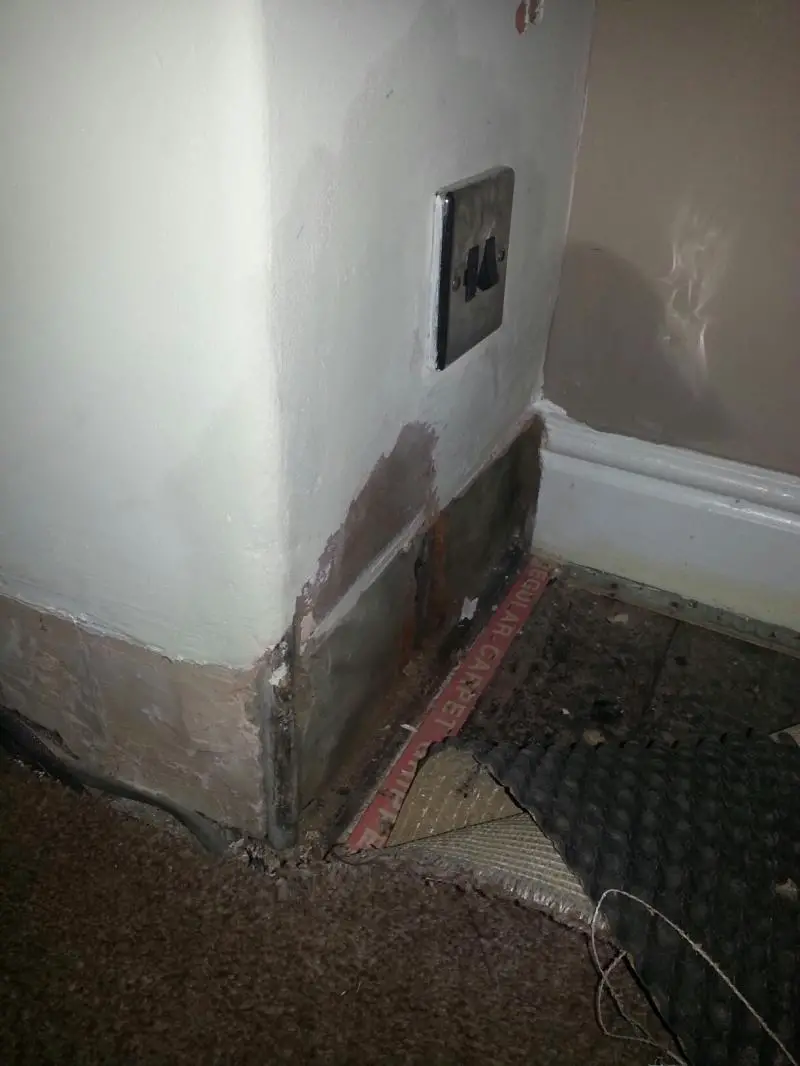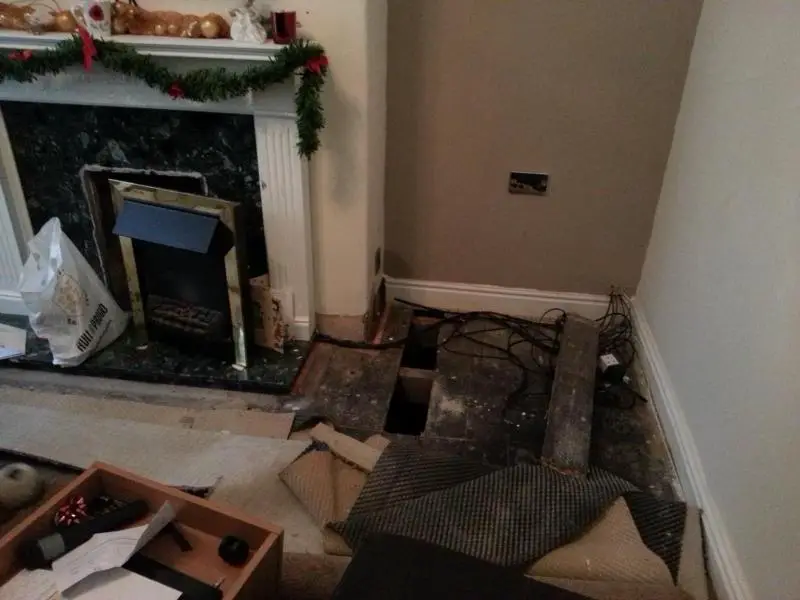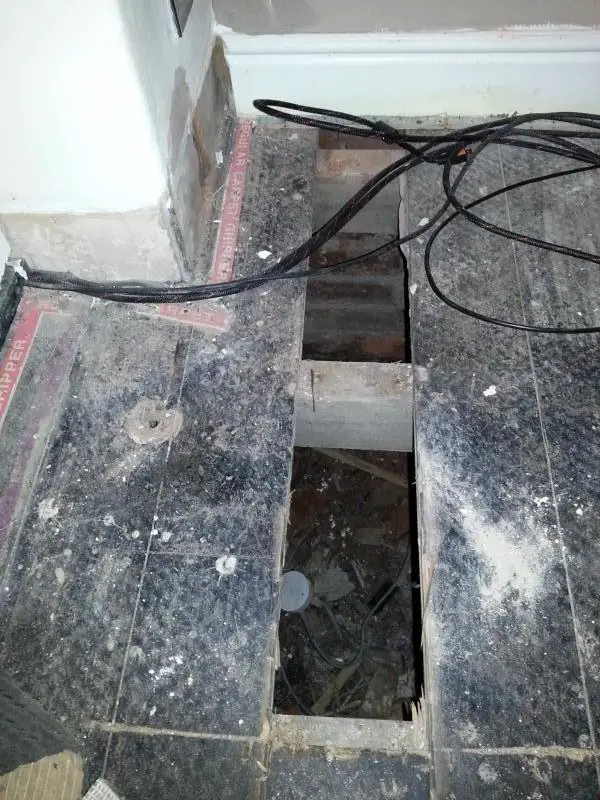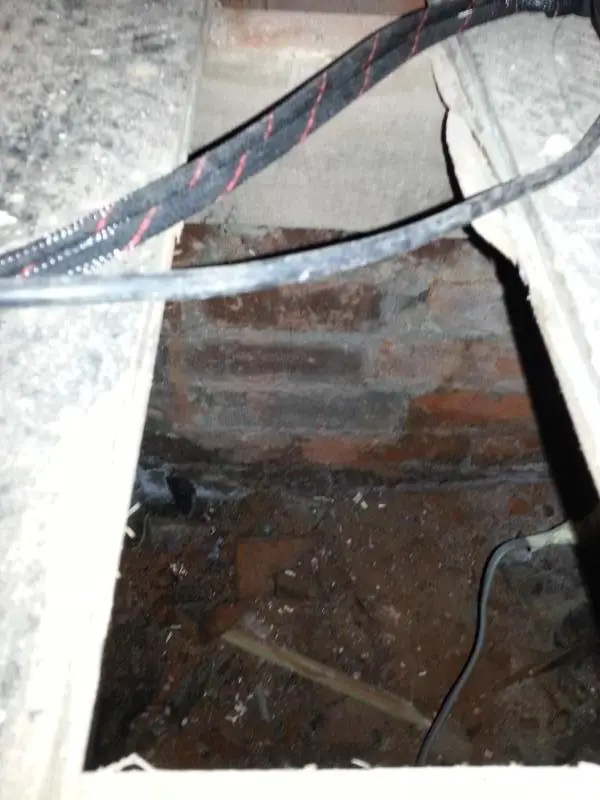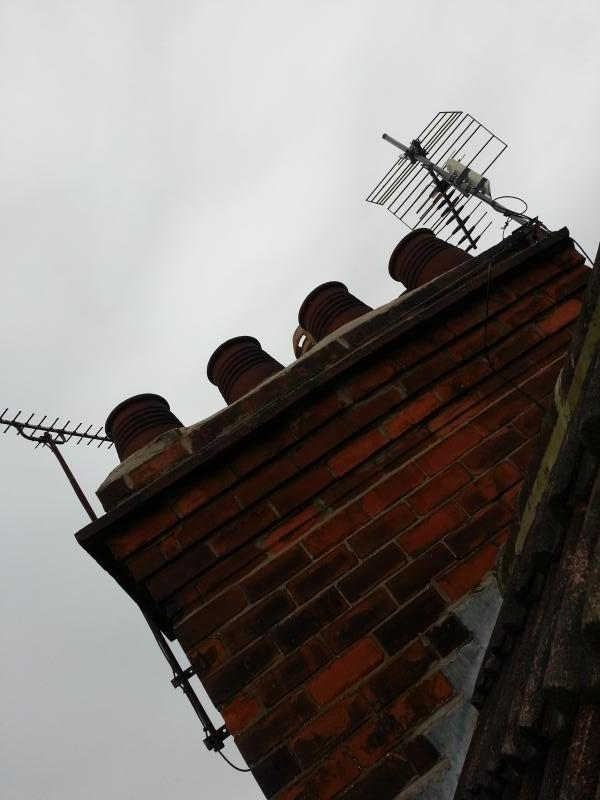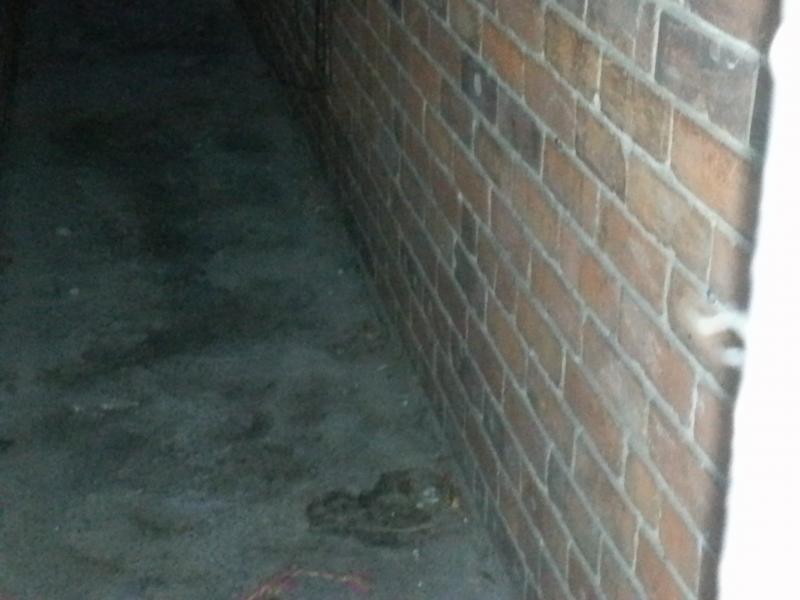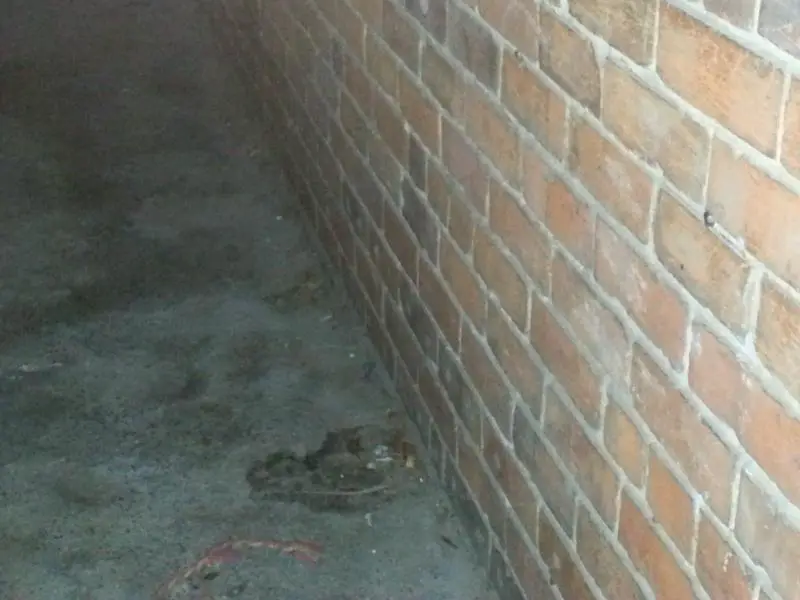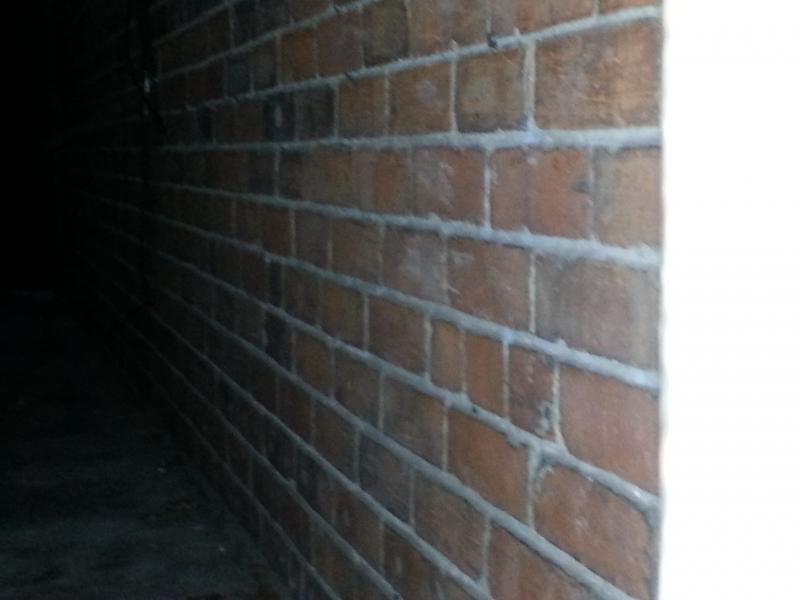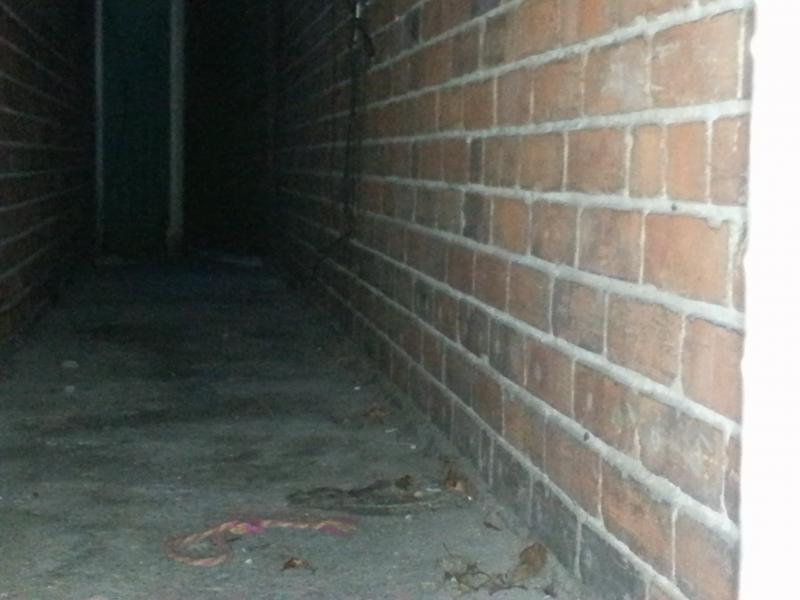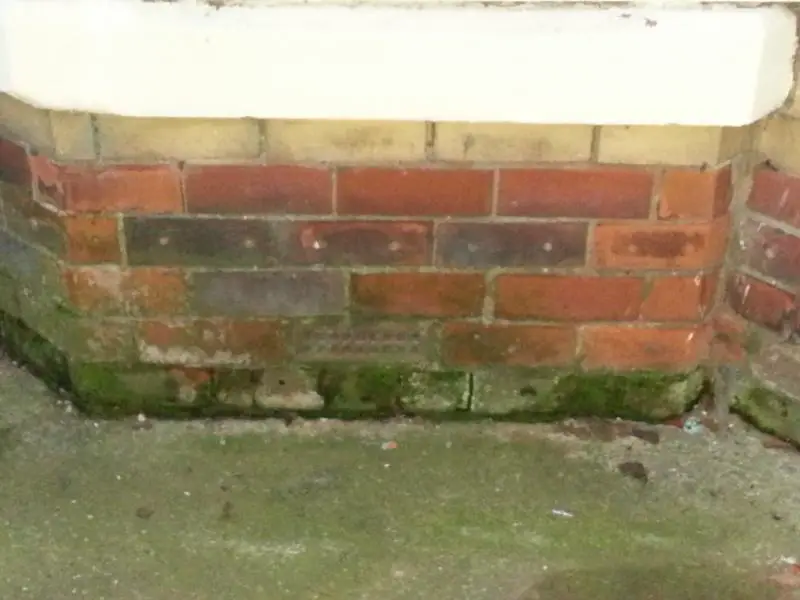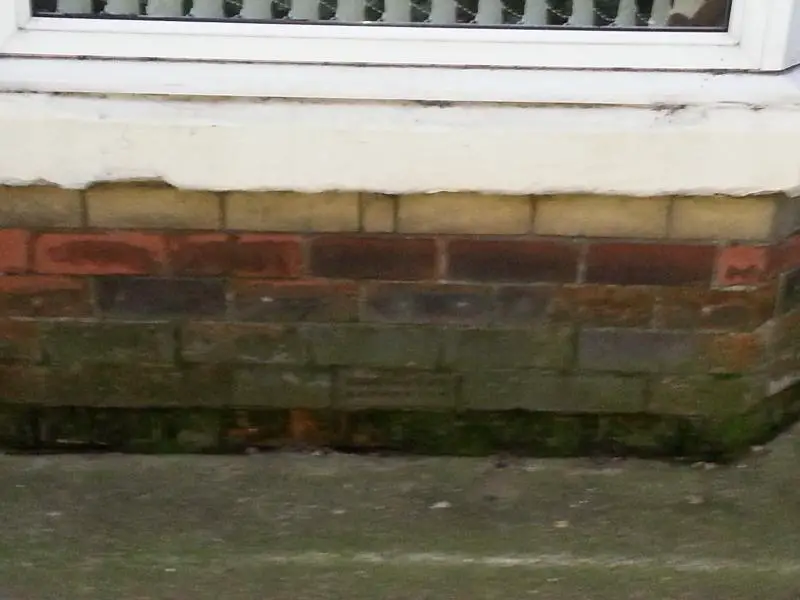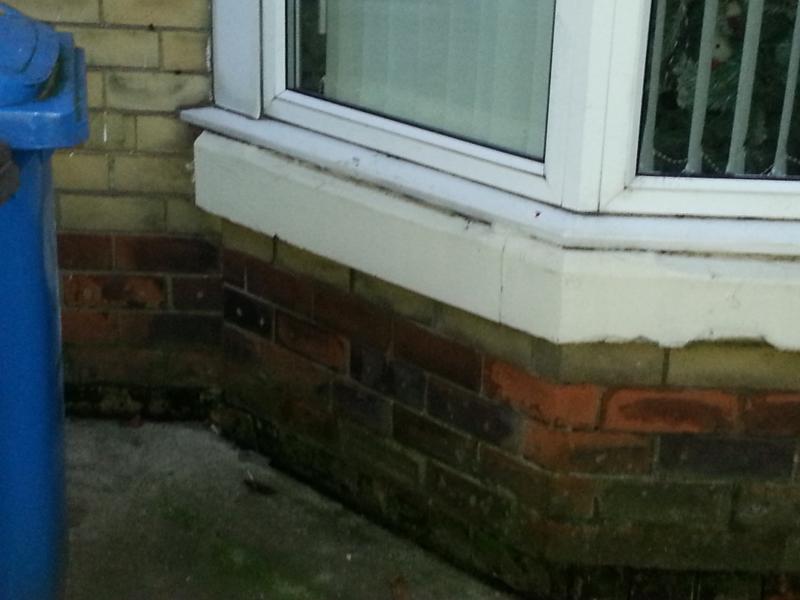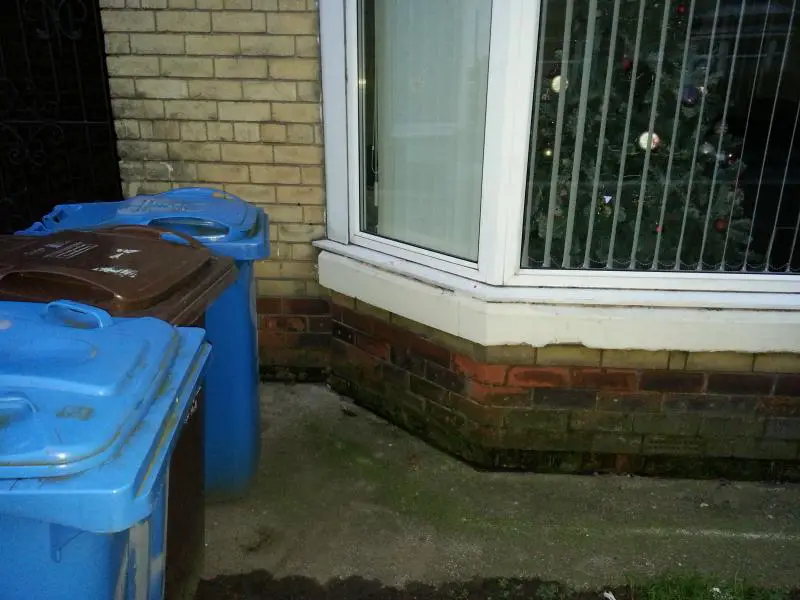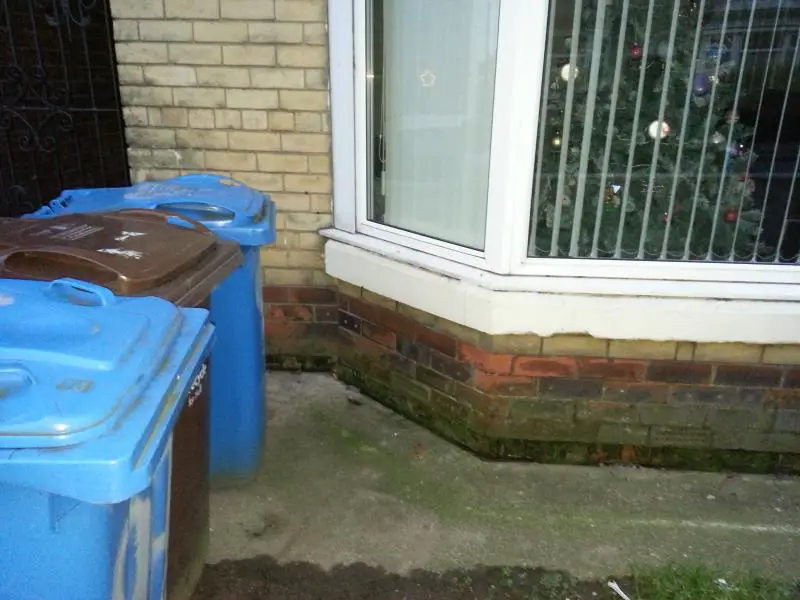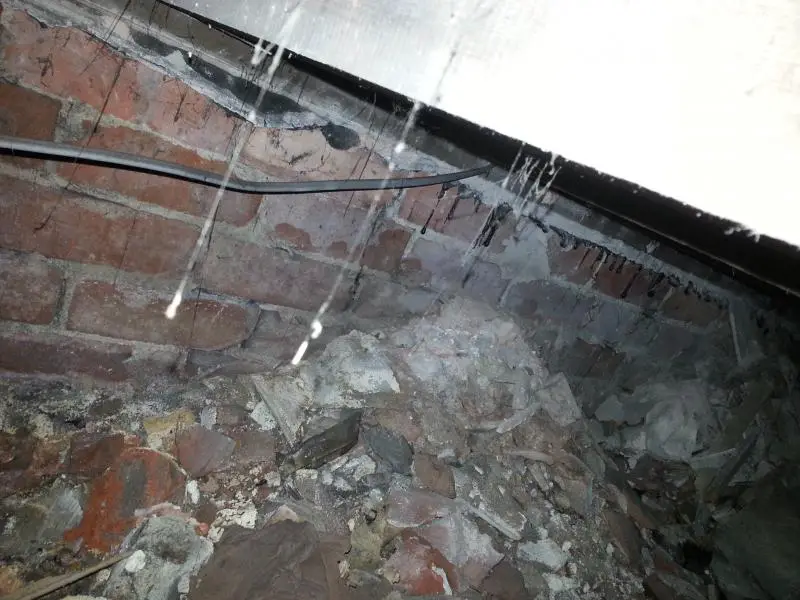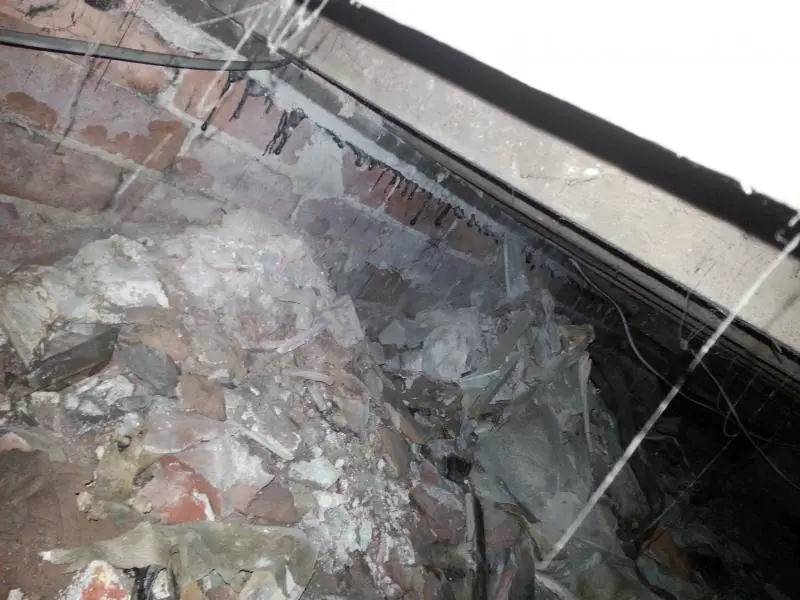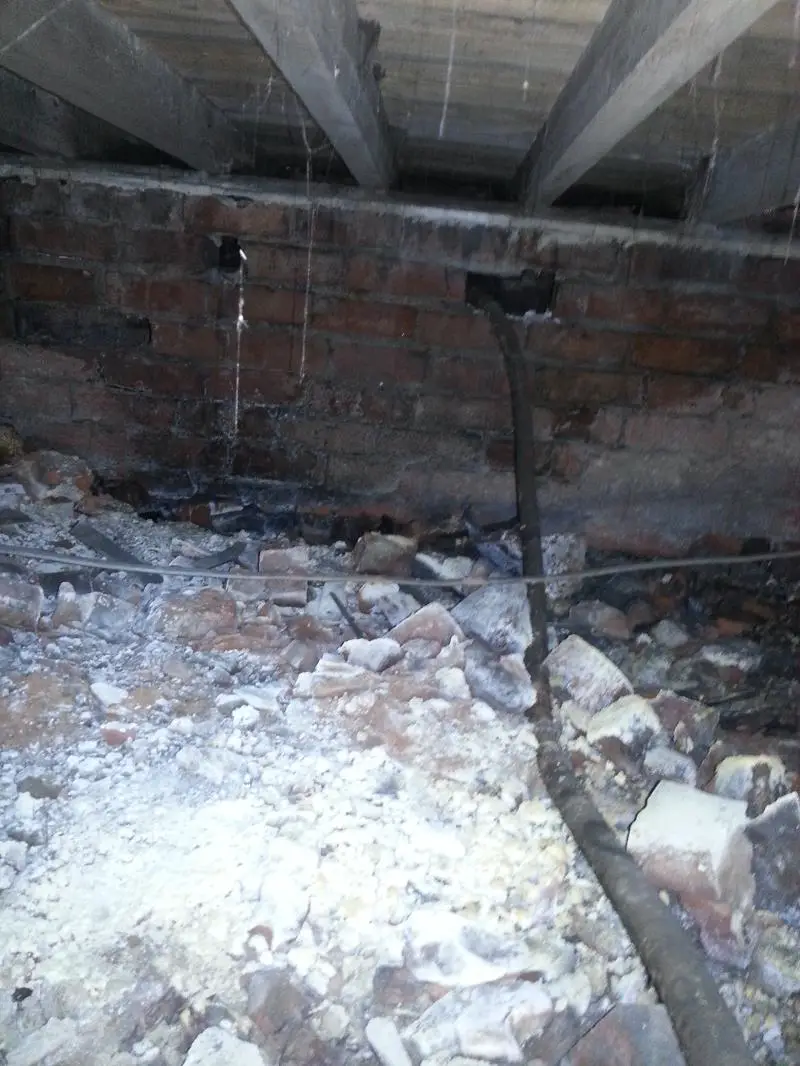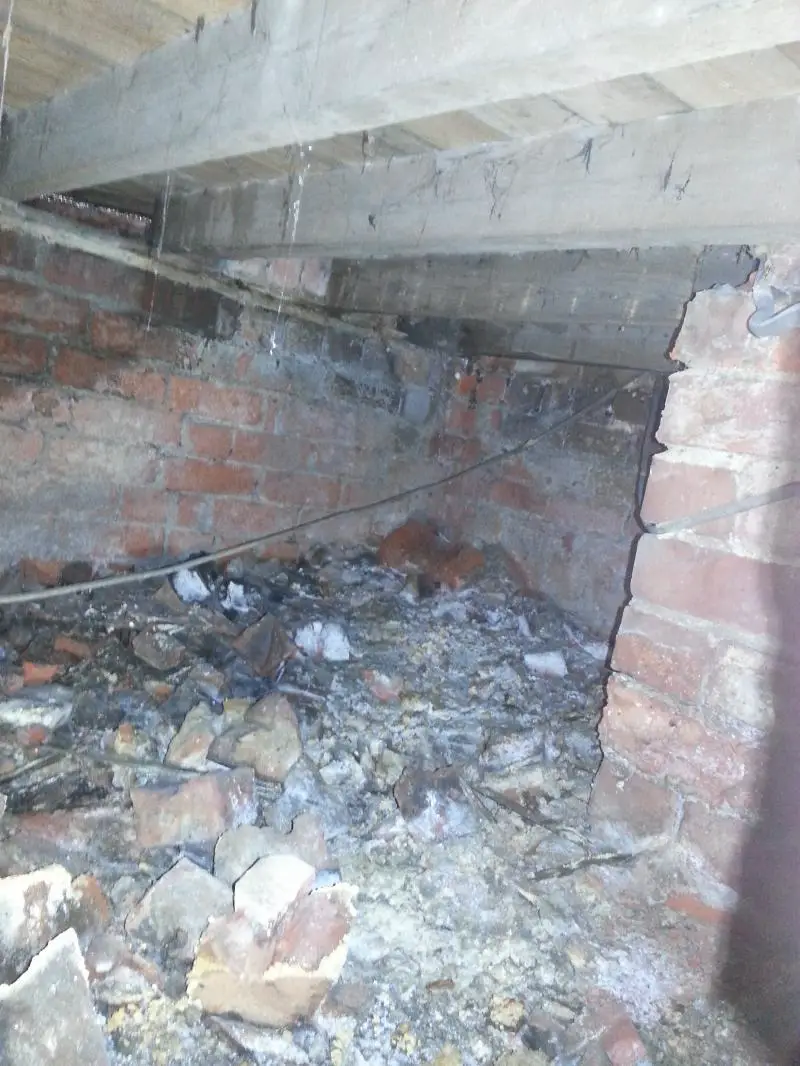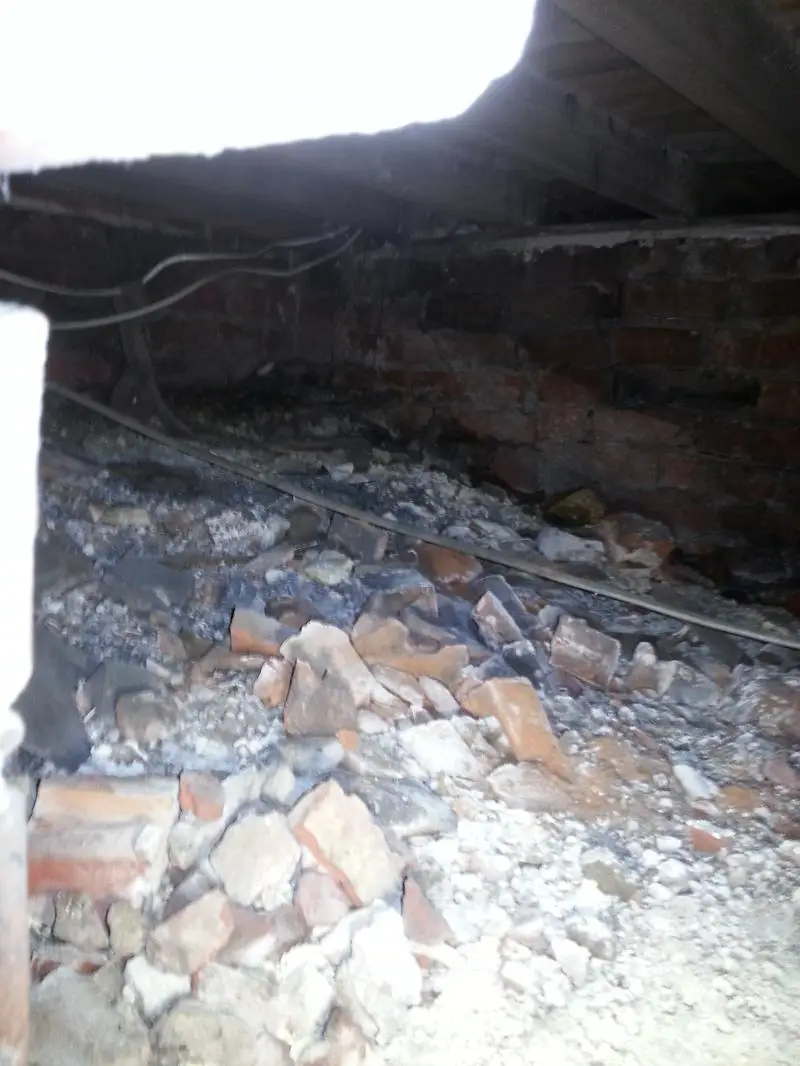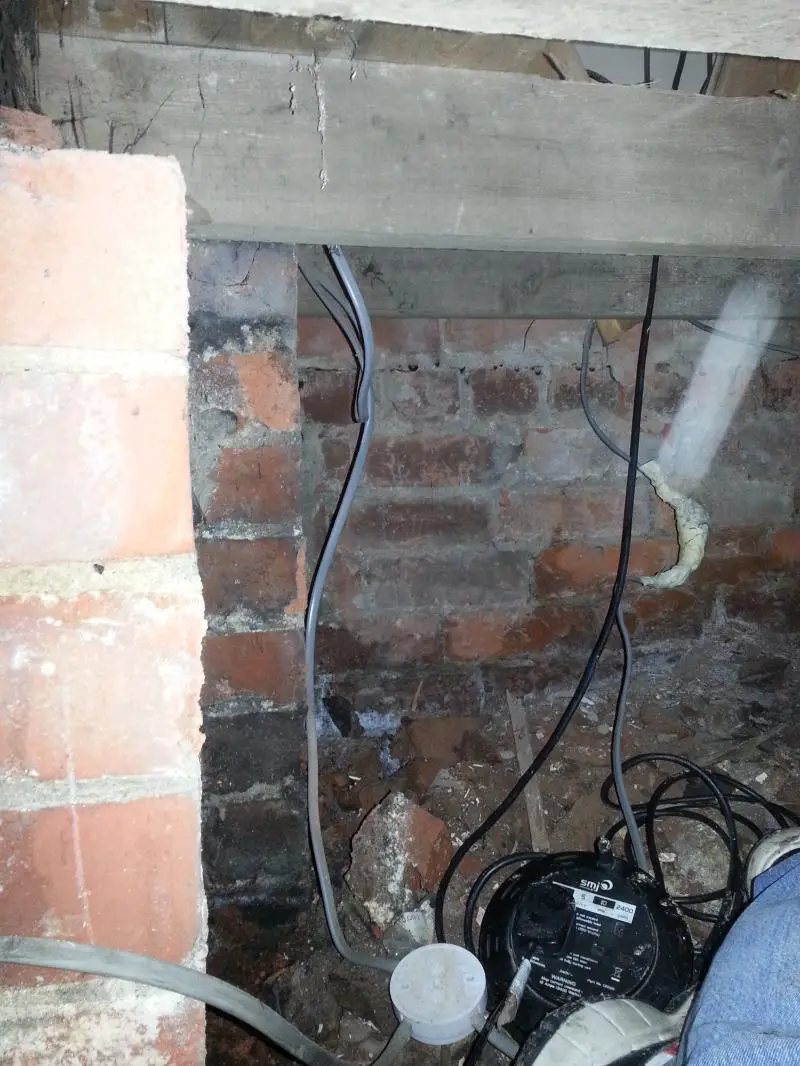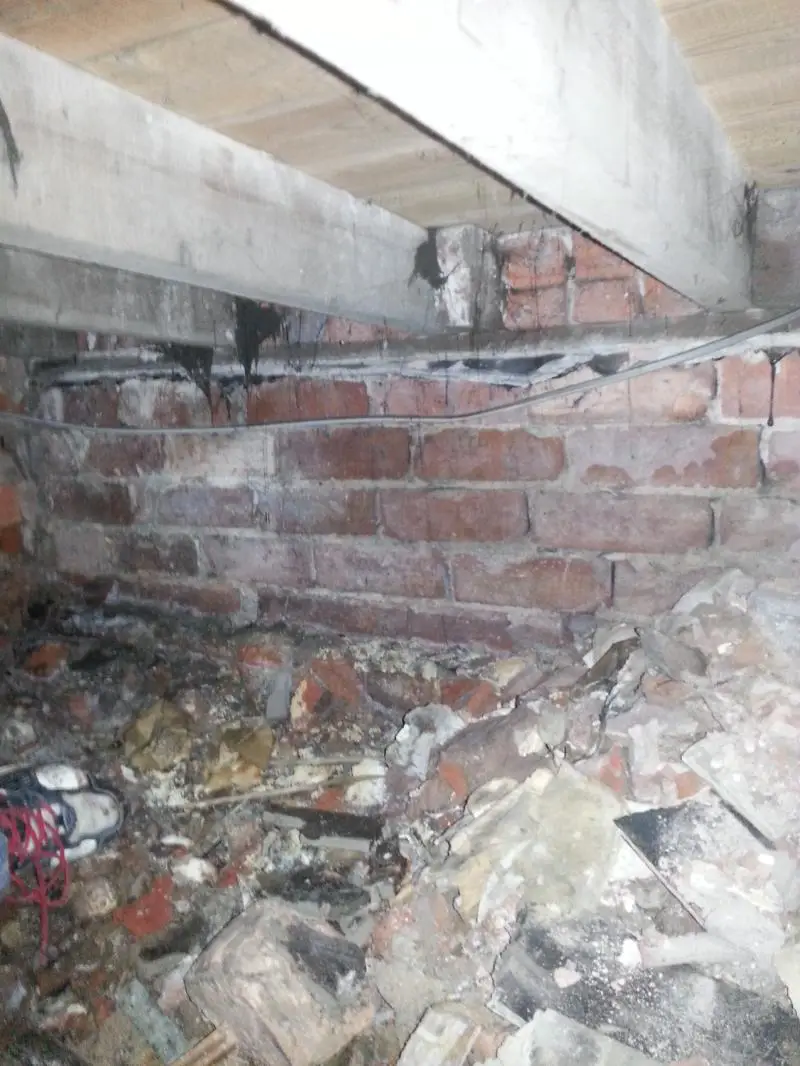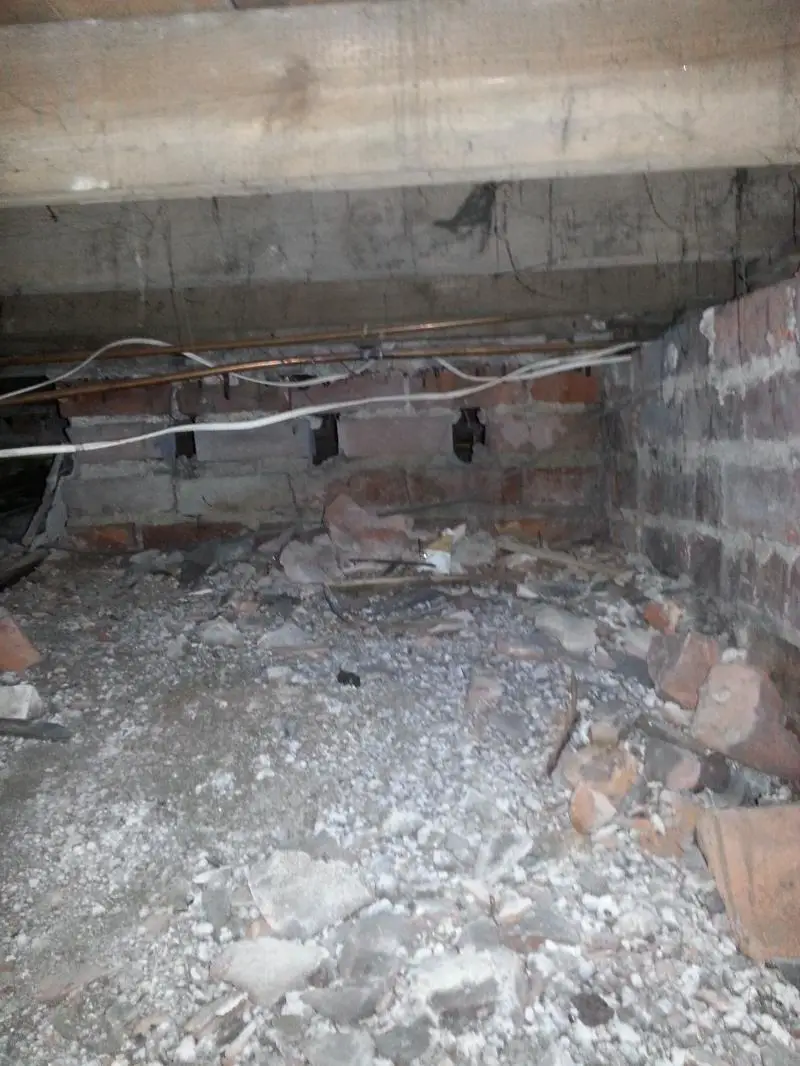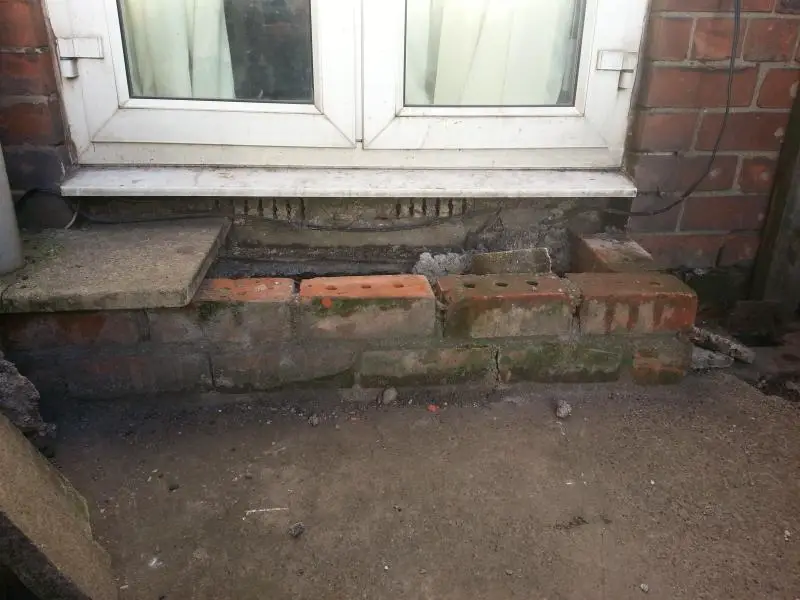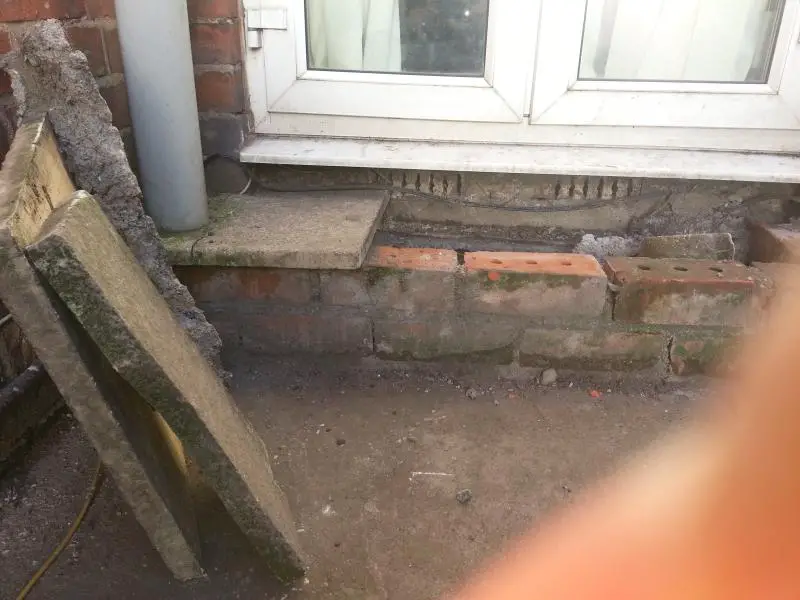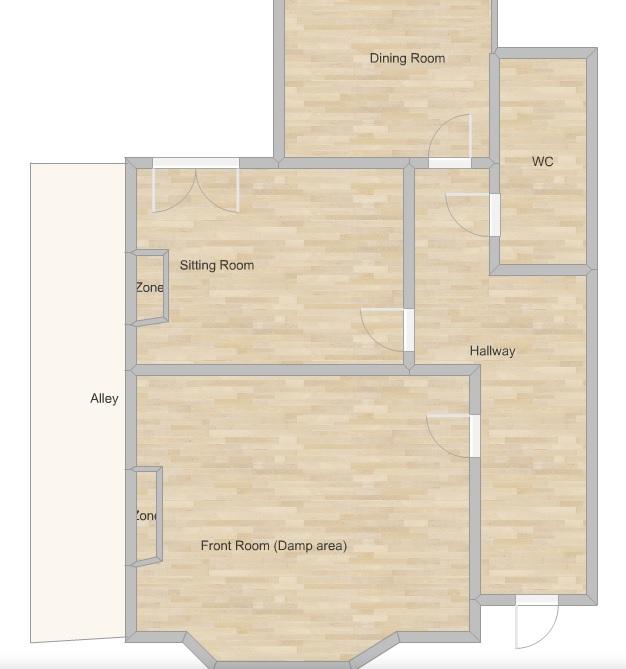As you can tell from the title and the image I have a bit of a moisture problem in the front room.
Problem was first noticed in May this year (it could have been a problem for a lot longer but the previous owner did a good job of hiding a lot of things)
Floor and skirts are dry to the touch and there is no condensation problems on the windows or door.
Chimney pot serves both our house and next door and each side has 4 pots. We got the stack checked and the roofer replaced some mortar and sorted out some flashing that had come loose.
The pots do not have cowls (This is our next step).
The fireplace has a bog standard focal electric fire which is never used.
The room is also rarely used.
I ran a dehumidifier in there for a couple of weeks and it was pulling a lot of water out every 24hours. and the area was drying but as soon as it was left off for 24 hours it was wet to the touch again.
The external wall is in a shared alleyway between the 2 houses so it is not subjected to the weather. There is also a row of injections below the original DPC and another row 2 bricks above the original dpc.
The damp are has grown a little bit but since we first noticed it in May but only about an inch in height.
Any insight would be helpful and appreciated.
Problem was first noticed in May this year (it could have been a problem for a lot longer but the previous owner did a good job of hiding a lot of things)
Floor and skirts are dry to the touch and there is no condensation problems on the windows or door.
Chimney pot serves both our house and next door and each side has 4 pots. We got the stack checked and the roofer replaced some mortar and sorted out some flashing that had come loose.
The pots do not have cowls (This is our next step).
The fireplace has a bog standard focal electric fire which is never used.
The room is also rarely used.
I ran a dehumidifier in there for a couple of weeks and it was pulling a lot of water out every 24hours. and the area was drying but as soon as it was left off for 24 hours it was wet to the touch again.
The external wall is in a shared alleyway between the 2 houses so it is not subjected to the weather. There is also a row of injections below the original DPC and another row 2 bricks above the original dpc.
The damp are has grown a little bit but since we first noticed it in May but only about an inch in height.
Any insight would be helpful and appreciated.


